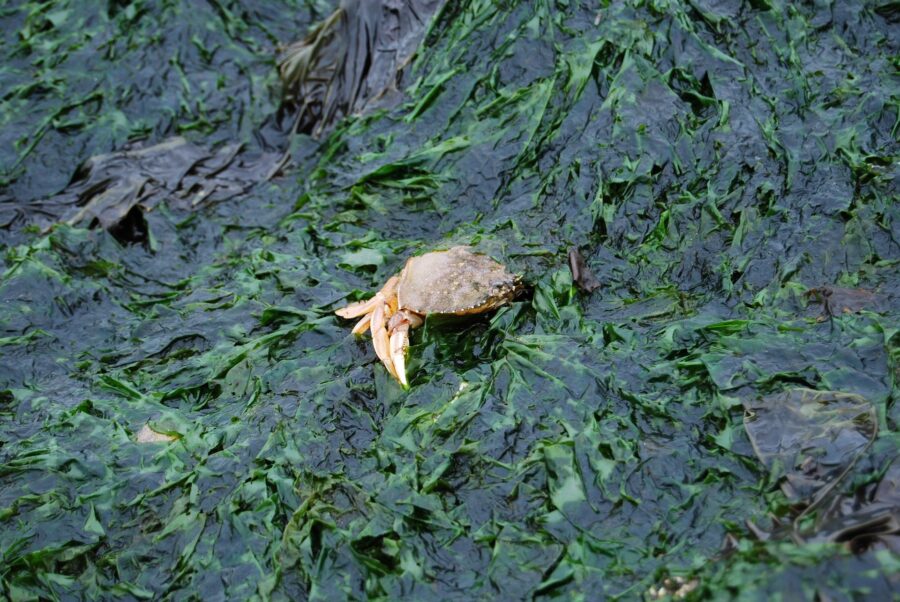Seaweed Is Attacking Florida With Massive Amounts of Toxins
A lot of seaweed is washing up on Florida beaches, and it isn't good for people or animals.

According The Byte‘s new report, Florida is experiencing a significant amount of seaweed washing up on its beaches. What makes it unique is the decomposition process, which emits a combination of ammonia and hydrogen sulfide into the air. This specific mix of chemicals irritates the eyes, nose, and throat while leaving an extremely unpleasant smell in its wake.
The phenomenon is part of the Great Atlantic Sargassum Belt, which stretches from West Africa to the Gulf of Mexico. It contains scattered patches of seaweed on the ocean waters.
This year’s bloom may be the largest ever, spanning more than 5,000 miles.
Known as Sargassum, this specific variety of Florida seaweed has been forming in the Atlantic Ocean since 2011.
Researchers from the University of South Florida estimated the seaweed bloom weighed 13 million tons and was still growing. “I was amazed at what I saw driving along the Overseas Highway,” Professor at Florida Atlantic University Brian Lapointe said via The Byte. He also noted that there had been an uptick in the “odious masses” due to agricultural runoff from rivers in the Mississippi, the Amazon, and Congo.
The Florida seaweed provides a breeding ground, food, and habitat for fish, sea turtles, and marine birds. As such, it is illegal to harvest before it reaches the shore. However, too much decomposing Sargassum can also harm Florida’s beaches.
As the seaweed swirls, it can cause a smelly and unsightly mess, impacting visitors’ experiences.
The Florida seaweed can also be dangerous for marine life. If it accumulates in large amounts, it can decrease oxygen levels in the water and create dead zones. Francis Chan, Director of the Cooperative Institute for Marine Ecosystems and Resources Studies at Oregon State University, explained the situation last month.

“You’re essentially dumping continent-worths of nutrients in an ecosystem that is used to having very little of them,” he said about the Florida seaweed via The Byte. “It’s the same as throwing a ton of mass into a large pool versus doing so inside a water bottle.” The Sargassum surge has been attributed to several factors.
This includes changes in ocean currents, increased nutrient pollution, and rising sea temperatures due to climate change. To combat the problem, a variety of solutions have been proposed and implemented. Some Florida beach communities have turned to manual removal of the seaweed using rakes and shovels.
But this labor-intensive process is costly and may not be effective in the long term. Other methods being explored include the use of heavy machinery while researchers test seaweed as a source of biofuel which could provide an economic incentive for its removal.
Another potential solution is the use of biological controls to manage the Florida seaweed. This involves introducing natural predators, like fish species or other types of marine life. However, there are concerns that non-native species could have unintended consequences for local ecosystems.
There is also ongoing research into the underlying causes of the Florida seaweed surge.
As ocean experts identify the factors contributing to its growth and proliferation, these findings could help inform more effective strategies for managing the problem in the future. Meanwhile, folks should plan their summer beach outings carefully to avoid the unsightly Florida seaweed mess and the potentially dangerous irritants that come with it.












